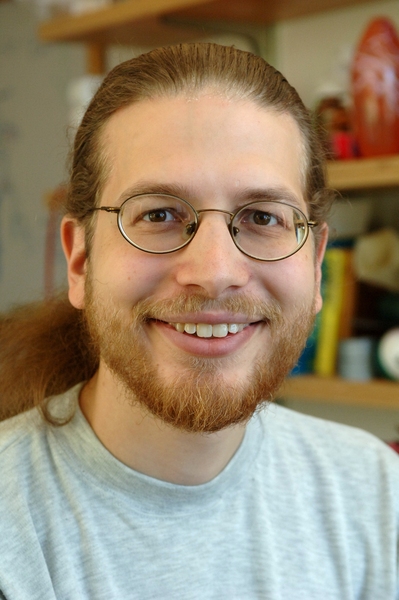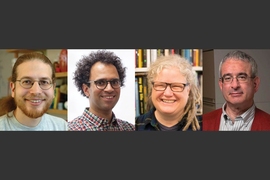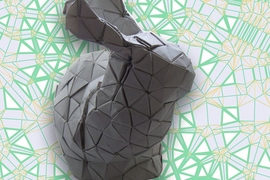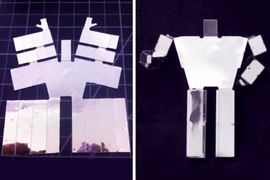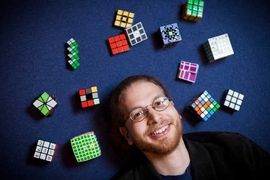This year’s Bose Award for Excellence in Teaching has been presented to Professor Erik Demaine. Demaine is well-known for his creative interdisciplinary work spanning algorithms, art, and origami.
“Professor Demaine’s passion for teaching, pedagogical creativity, and commitment to transforming our curriculum is inspiring,” says Anantha P. Chandrakasan, dean of the School of Engineering and the Vannevar Bush Professor of Electrical Engineering and Computer Science.
Demaine is a proponent of research done in “supercollaboration,” a non-hierarchal style in which professors and students come together as peers to investigate research questions of mutual interest. Credit for success is shared by all participants. Demaine wrote a program called “Coauthor” specifically to support supercollaboration endeavors by providing a platform for group note-taking and communication. After being nominated by his students, he received a Teaching with Digital Technology Award in 2019 for this work and other forward-thinking educational strategies. He has subsequently written additional supercollaboration programs that he has been heavily utilizing in the fall 2020 semester. The first is “Cocreate,” which is an online group whiteboard. The second is “Comingle,” which facilitates multi-room meetings and integrates both “Coauthor” and “Cocreate.”
Demaine’s eclectic research interests span diverse applications of algorithms, ranging from understanding protein folding patterns to the computational complexity of game playing to art. He is credited with launching the field of computational origami, by proving, at age 17, that it is possible to construct any straight-sided shape by folding a piece of paper and making a single scissor cut. His curved-crease sculptures, which he created in collaboration with his father Martin, reside in the permanent collections of the New York Museum of Modern Art and the Smithsonian Institution's Renwick Gallery. He has also made appearances in two origami documentaries, “Between the Folds” and NOVA's “Origami Revolution.”
“Erik Demaine brings astounding creativity not only to his field, but to his classroom,” says Asu Ozdaglar, head of the Department of Electrical Engineering and Computer Science. “His innovative teaching style galvanizes his students and inspires them to pursue knowledge fearlessly, collaboratively, and joyfully.
Demaine received a BS from Dalhousie University, Nova Scotia in 1995, when he was 14 years old. He went on to earn a master’s degree and PhD in mathematics from the University of Waterloo in Ontario in 1996 and 2001, respectively. Demaine was awarded a MacArthur Fellowship in 2003 and honorary doctorates from Dalhousie University in 2007 and Bard College in 2017. He began teaching at MIT in 2001.
The Bose Award for Excellence in Teaching is given annually to a faculty member whose contributions to education have been characterized by dedication, care, and creativity. Established in 1990 by the School of Engineering, the award stands as a tribute to the late Amar Bose, a professor of electrical engineering and computer science and the founder of the Bose Corporation, to recognize outstanding contributions to undergraduate education by members of its faculty.
